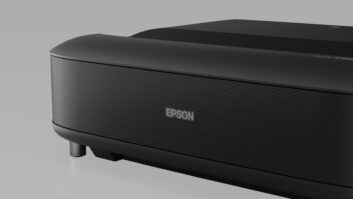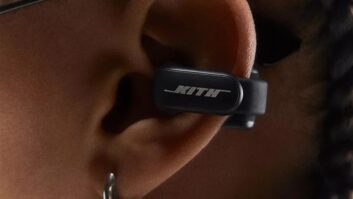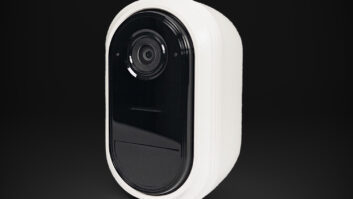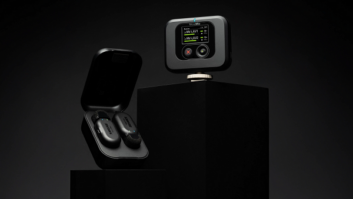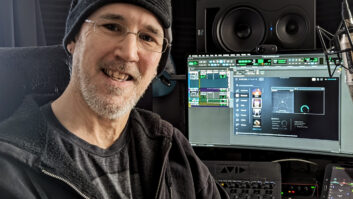One of the earliest problems in the transition from analog to digital televisions was a lack of compatible digital connection standards between TV sets and source devices.
Understandably, some early adopters, concerned about buying expensive products before standards were set, held off early DTV purchases. Fortunately, much of that headache is being addressed now for Ultra HD with the recent adoption of a new HDMI 2.0 spec and advances in more efficient video-compression standards.
All of the extra information packed into an Ultra HD signal requires a fatter pipe or tighter signal to ship Ultra HD data between devices. The recently published HDMI 2.0 standard offers support for Ultra HD resolution at up to a 60Hz rate, instead of the 24Hz or 30Hz rates that capped off the latest HDMI 1.4a/b specifications.
The older system prevents use with some 4K gaming, video and TV broadcasts, which require 50Hz or 60Hz frame rates.
HDMI 1.4 also limited 4K Ultra HD content to 8-bit color, when the format was designed to support 10- or 12-bit color depths, necessitating HDMI 2.0’s bandwidth of up to 18Gbps.
HDMI 2.0 will also handle up to 32 channels of uncompressed audio, is backward compatible with previous HDMI versions, and will work with most existing HDMI cables.
HDMI 2.0 makes possible the simultaneous delivery of dual video streams to multiple users on the same screen and movies and television programs with up to a 21:9 aspect ratio.
TV manufacturers are already implementing the HDMI system. Sony announced upon the release of the standard that its existing Ultra HD sets can be upgraded to HDMI 2.0 with a firmware update planned before the end of 2013.
Samsung has also made its Ultra HD TVs compatible with future formats and features using an Evolution Kit that can update an HDMI 1.4b set to HDMI 2.0 compatibility, among other changes, using an add-on box or module that swaps out hardware and software, as necessary.
According to a statement from Samsung: “Upgrading both hardware and software components, Samsung’s Evolution Kit makes the Samsung UHD TV compatible with critical UHD standards such as transmission standards, compression formats, over-the-air tuner and copy-protection requirements instituted by studios.”
Meanwhile, a new more efficient High Efficiency Video Coding (HEVC) H.265 compression standard is also progressing, and licensing issues continue to be worked out. Eventually, the technology, which is twice as efficient as H.264, will offer the potential for cable and satellite-TV delivery and even streaming Ultra HD video services over the Internet.
Work seems to be progressing rapidly, as LG Electronics Ultra HD TVs are already equipped to handle the compression standard.
Samsung has been working with Netflix to deliver 4K streaming content using new compression systems, and Netflix said it could have 4K-streaming capability in the next two years, although it has not yet revealed if it will support HEVC or some other emerging system as the compression standard it will use. It did suggest that an industry-standard system, like HEVC, rather than a proprietary one, would be desirable.
The Korean Broadcasting System (KBS) has also started testing 4K broadcasting over the air using HEVC.




